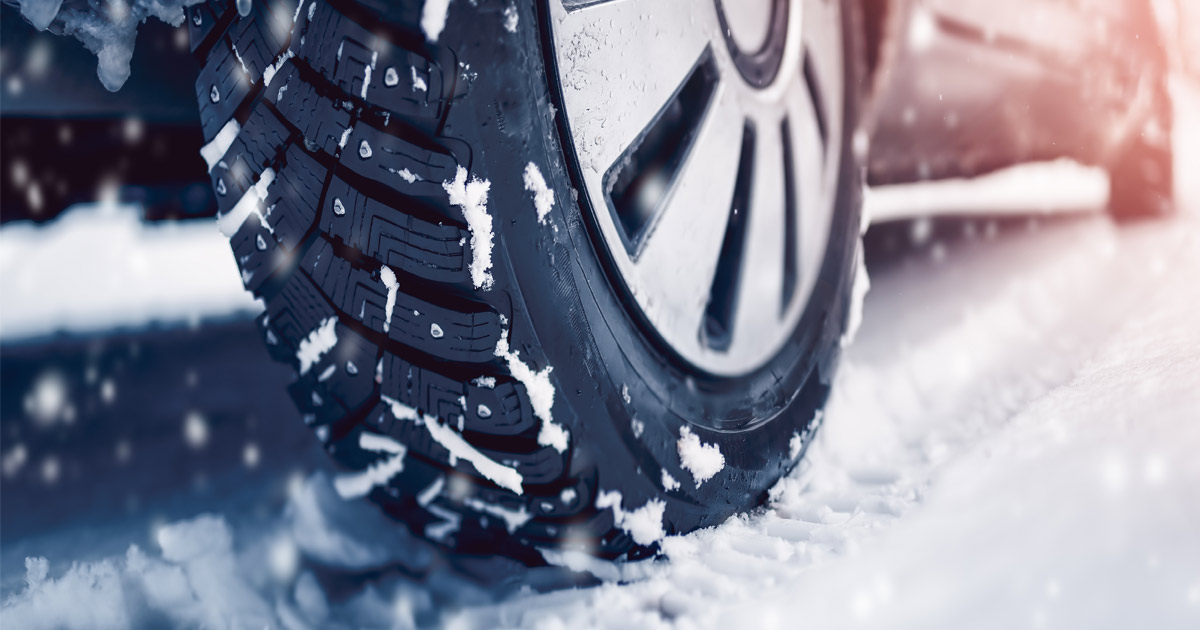MENU
- Home
- Overview
- Attorneys
- Practice Areas
- Firm News
- Blog
- Contact

Winter poses special weather challenges, particularly for those in cold and snowy climates. These weather challenges can result in personal injuries, whether it is at home or on the road. Preparing for winter and using caution throughout can help keep everyone safe from winter weather hazards.
It is important to learn about the most common winter hazards in order to prevent injuries. The top five most dangerous winter hazards include:
Winter Storms: Whether it is a nor’easter or a blizzard, a winter storm creates significant risk. Car accidents, frostbite from extremely low temperatures and wind, and even carbon monoxide poisoning caused by malfunctioning mechanical systems can happen in winter storms.
Rain, Snow, and Ice: There does not need to be a storm for winter to wreak havoc on the roads. Even small amounts of snow or rain can quickly turn roadways into icy, slippery hazards. Under these conditions, a car accident can lead to one being stranded in a vehicle.
Shoveling Snow: Wet snow is often hefty and difficult to move, causing many injuries.
Power Outages: Winter storms can lead to power outages at home or among businesses. Often, workers cannot repair damaged power lines quickly due to weather conditions or widespread outages. People who are not prepared can suffer illnesses from lack of heat, including hypothermia, food shortages, and medical emergencies. Also, frozen pipes are common during a winter storm or power outage. Elderly and children can be very vulnerable during a power outage and should be checked on.
Slip and Falls: Untreated walkways and other surfaces can cause serious slip and fall accidents.
Preparing for winter weather is key to making it through the season without an injury or accident. Use these tips to help ensure winter safety:
An individual can prepare for hazardous winter weather by doing the following:
Drivers should always be prepared for adverse weather conditions in the winter. Rain can quickly ice up the roads, and even a small amount of snow can cause the roads to become slippery. A car that is prepared for winter has the following:
An emergency road kit should include:
Each year, many people are injured while shoveling snow. Common injuries include back injuries, shoulder pain, muscle strains, broken bones from slipping, and chest pains or heart attacks from exertion. Follow these tips for successful snow shoveling:
Power outages are common during winter storms. Being prepared can lessen the consequences of a brief or longer-term power outage:
Broken bones, pulled muscles, and head injuries are common in winter-related slip and fall accidents. At home, keep walkways clear of ice and snow, use ice melters or other products in addition to shoveling or blowing.
While outside, walk carefully on surfaces, and wear heavy-treaded boots or ice grippers and cleats. Not every business will have cleared walkways or parking lots. Inside, the floors might also be slippery.
If a car accident happens, one should do the following:
Get out of the car and go to a safe place if it is visible. Get the vehicle off the road and somewhere safe nearby. Staying on the road or berm can increase the chances of another driver hitting the car. Do not go looking for help unless it is visible.
Call 9-1-1 to report the accident. Explain what happened, the location, and if there are any known injuries. Do not admit guilt or blame when responding to authorities. Get the name of the officer and report number after they arrive.
If stranded in the vehicle, call for assistance first. Display a help sign if possible, raise the car’s hood, turn on the engine and heater for 10 minutes each hour. Make sure the car’s tailpipe is clear from snow or other obstructions to avoid carbon monoxide poisoning. Open a window slightly for ventilation while the engine is running.
Stay visible. While waiting, stay in the car for warmth if the car is in a safe place. Turn on the vehicle’s hazard lights, and set up road flares to ensure visibility to other drivers. If there is a need to exit the vehicle, make sure there are no other vehicles on the road, and wear reflective clothing or tape if it is possible.
Accept medical treatment. Even if there are no obvious injuries or pain, accept medical help or assessment from first responders, or seek medical treatment at an emergency room or urgent care center after the accident. Sometimes, injuries do not show up until later.
Gather evidence if it is possible. Take pictures and videos of injuries, the vehicles involved, and the surrounding environment. These pictures will be important in any legal proceedings related to the accident.
Contact a lawyer. While getting help and medical attention is always first, it makes sense to later consult with a lawyer. A car accident victim has the right to recover damages.
If you were injured in a winter accident, you may be able to collect compensation. Speak to one of our Delaware personal injury lawyers at Jacobs & Crumplar, P.A. after an accident. Call us at 302-656-5445 or complete our online form for a free consultation. Located in Wilmington and Millsboro, Delaware, we serve clients throughout Dover, New Castle County, and Sussex County.